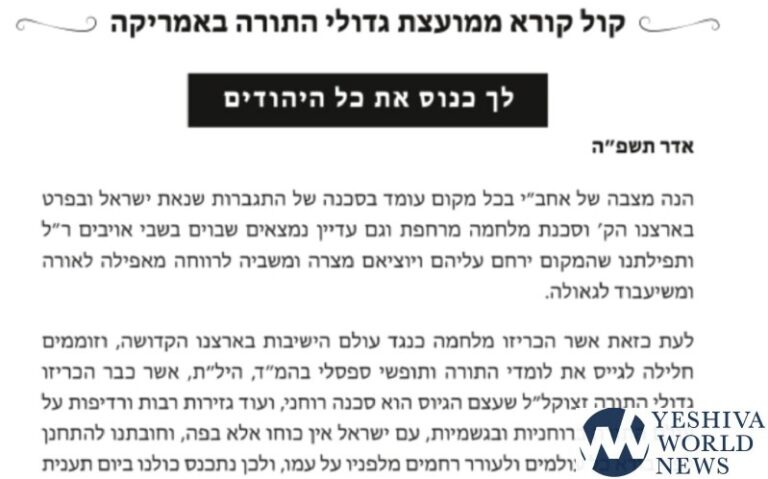A widely used test to monitor blood sugar levels in people with diabetes could help identify millions of people with undetected diabetes, according to a consensus statement released by a team of experts.
The hemoglobin A1c test (HbA1c) shows how much glucose red blood cells have been exposed to in the previous 120 days, the average life span of the cells.
“The test is a measure of long-term glucose control, but doctors don’t typically use it to screen for or diagnose the disease. There’s reason to believe it could help identify many of the estimated six million people in the U.S. who have diabetes but don’t know it,” Dr. Christopher Saudek, director of the Johns Hopkins Comprehensive Diabetes Center in Baltimore, said in a Hopkins news release.
Current screening and diagnostic tests measure only the amount of sugar present at the moment the blood sample is taken, which means the tests are accurate only if patients fast for at least 10 hours prior to the test. Even if a patient does fast that long, the test can still miss people who have diabetes or are at high risk for the disease. That’s because glucose also varies depending on a person’s diet and level of exercise for several days before they provide a blood sample.
“If a patient is scheduled for a physical, he or she may ‘tune up’ by changing their regimen for a few days and throw off their test results, causing doctors to miss the patient’s usual pattern of high blood sugar,” said Saudek, who is also a professor of endocrinology and metabolism at the Johns Hopkins University School of Medicine.
In the consensus statement, Saudek and colleagues conclude that the HbA1c test should be used as front-line method for identifying patients with diabetes, especially people at high risk for the disease. The HbA1c test doesn’t require fasting and isn’t affected by short-term changes in diet and exercise.
The consensus, published in the July issue of The Journal of Clinical Endocrinology & Metabolism, was reached by the experts at a meeting financially supported by Metrika Inc., a manufacturer of diabetes testing equipment.
(Source: Johns Hopkins Medicine, news release, July 31, 2008)











One Response
The chart below shows the HbA1c test result as a percentage and the corresponding average blood glucose level over the previous 3 months. Obviously, the higher the number the worse it is.
if there is family history or if someone is displaying symptoms of diabetes, it is very important to do this test.
HbA1c Average Blood Glucose (g)
4 – 65
5 – 100
6 – 135
7 – 170
8 – 205
9 – 240
10 – 275
11 – 310
12 – 345
13 – 380
14 – 415
may will be zoche to hear and read only b’soros tovos!